Introduction

In the vast realm of culinary traditions and nutritional practices, the preparation of foods often involves intricate steps designed to enhance flavor, texture, and nutritional benefits. One such practice that has sparked debate among food enthusiasts, nutritionists, and home cooks alike is the toasting of coix seed (Coicis Semen), commonly known as Job’s tears or adlay, before using it to make porridge. This article delves into the intricacies of this debate, exploring the reasons behind toasting, the potential nutritional and sensory impacts, and the varying perspectives on whether it is necessary or beneficial.
Understanding Coix Seed: A Nutritional Overview
Before diving into the toasting debate, it is crucial to understand the nutritional profile of coix seed. Native to East Asia and widely cultivated in China, Japan, Korea, and Southeast Asia, coix seed has been valued for its medicinal and nutritional properties for centuries. It is a gluten-free grain rich in dietary fiber, essential amino acids, vitamins (such as B vitamins), minerals (including magnesium, phosphorus, and zinc), and antioxidants like coixenolide and ferulic acid.
Coix seed is particularly praised for its ability to support digestive health, aid in weight management, and potentially exhibit anti-inflammatory and anti-cancer properties. Its high fiber content promotes satiety and aids in maintaining blood sugar levels, making it a suitable choice for individuals with diabetes or those seeking to manage their weight.
The Art of Toasting: Traditional Practices and Beliefs
Toasting, or roasting, coix seed before cooking it into porridge is a practice that varies across regions and cultures. In some traditional Chinese medicine (TCM) contexts, toasting is believed to enhance the grain’s ability to drain dampness and improve spleen function, aligning with TCM’s holistic approach to health and wellness. The heat from toasting is thought to alter the grain’s properties, making it more effective in treating conditions like edema, diarrhea, and other symptoms associated with dampness accumulation.
From a culinary standpoint, toasting coix seed can bring out a nutty aroma and a slightly caramelized flavor, enriching the taste profile of the final porridge. The roasted seeds also tend to cook faster and may result in a creamier texture due to the breakdown of starches during the toasting process.
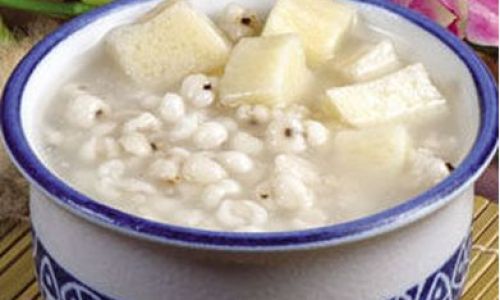
Nutritional and Sensory Impacts of Toasting
-
Nutritional Changes
-
Carbohydrate Modification: Toasting coix seed can lead to the partial gelatinization of starches, which may facilitate digestion and improve the glycemic response. However, excessive toasting can result in the formation of resistant starches, which are not easily digested and may have a prebiotic effect, promoting beneficial gut bacteria.
-
Fatty Acid Alterations: Coix seed contains healthy fats, primarily unsaturated fatty acids. Toasting can cause minor changes in these fats, potentially increasing the concentration of certain fatty acids that are beneficial for heart health. However, care must be taken to avoid over-toasting, which could lead to the formation of unhealthy compounds like acrylamide.
-
Antioxidant Preservation and Enhancement: The antioxidants present in coix seed, such as coixenolide and ferulic acid, are generally stable to moderate heat. While toasting may not significantly increase their total content, it can help retain these antioxidants better during subsequent cooking processes.
-
-
Sensory Attributes
-
Aroma and Flavor: The most immediate and noticeable effect of toasting is the enhancement of aroma and flavor. The nutty, slightly sweet scent and taste of roasted coix seed can elevate the overall eating experience, making the porridge more appetizing.
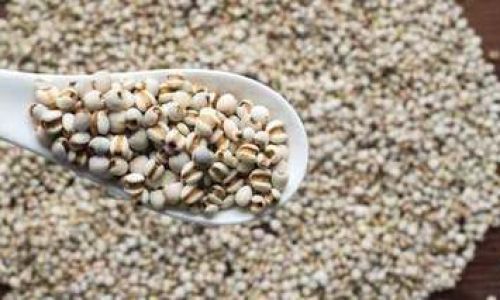
-
Texture: Toasted coix seed tends to cook up softer and creamier, which some prefer over the firmer texture of untoasted seeds. This change in texture can be particularly appealing to those with digestive sensitivities or preferences for softer foods.
-
The Debate: Necessary or Optional?
The question of whether to toast coix seed before making porridge is deeply rooted in personal preference, cultural tradition, and nutritional goals. Here are the varying perspectives:
-
Proponents of Toasting
-
Enhanced Digestibility: Those who advocate for toasting argue that it makes the grain more digestible, especially for those with weak digestive systems or specific dietary needs.
-
Flavor and Texture: The improved aroma, flavor, and texture are significant selling points for many, who believe that toasted coix seed makes for a more enjoyable and satisfying meal.
-
Potential Health Benefits: Some believe that the altered nutritional profile of toasted coix seed offers additional health benefits, such as improved spleen function and better management of dampness-related conditions in TCM.
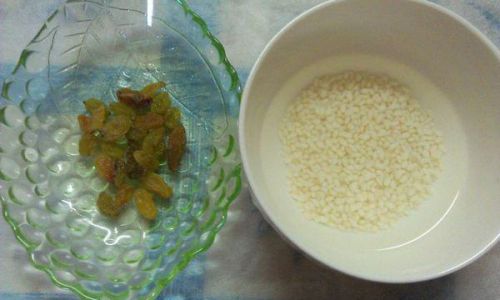
-
-
Opponents of Toasting
-
Nutrient Preservation: Critics argue that toasting, especially at high temperatures or for extended periods, can degrade some nutrients, particularly vitamins and antioxidants, reducing the overall nutritional value.
-
Ease of Preparation: For those prioritizing simplicity and convenience, the additional step of toasting can be a deterrent. Untoasted coix seed can still be cooked into a delicious and nutritious porridge without the extra effort.
-
Personal Taste: Not everyone prefers the roasted flavor and texture. Some find the natural, mild taste of untoasted coix seed more refreshing and appealing.
-
Conclusion: Balancing Tradition and Modern Nutrition
Ultimately, the decision to toast coix seed before making porridge boils down to individual preference, dietary needs, and cultural context. While toasting can enhance flavor, texture, and potentially offer specific health benefits, it also involves considerations regarding nutrient preservation and preparation time.
For those seeking to maximize nutritional benefits while enjoying the traditional flavors of toasted coix seed, moderate toasting at lower temperatures can be a compromise. This approach aims to retain as many nutrients as possible while still achieving the desired aroma and texture.
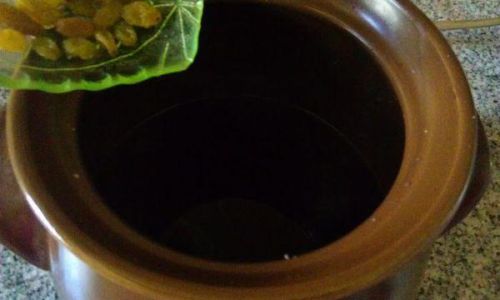
On the other hand, those who prefer a simpler preparation method or who are sensitive to specific nutrients may opt for untoasted coix seed. The natural, mild flavor of untoasted seeds can still be enhanced through the addition of spices, herbs, and other ingredients during cooking.
Regardless of one’s stance on toasting, the importance of variety and balance in the diet cannot be overlooked. Coix seed, whether toasted or untoasted, is just one component of a healthy, well-rounded meal plan. By incorporating a variety of grains, vegetables, proteins, and fats, individuals can ensure they are meeting their nutritional needs while enjoying the diverse flavors and textures of global culinary traditions.
In conclusion, the debate on toasting coix seed before making porridge is a testament to the rich tapestry of culinary practices and nutritional beliefs that shape our food choices. By understanding the nuances of this debate, individuals can make informed decisions that align with their personal preferences, dietary needs, and cultural heritage.
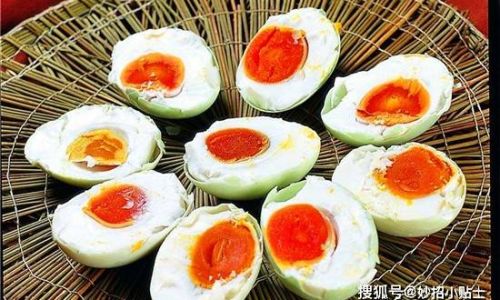
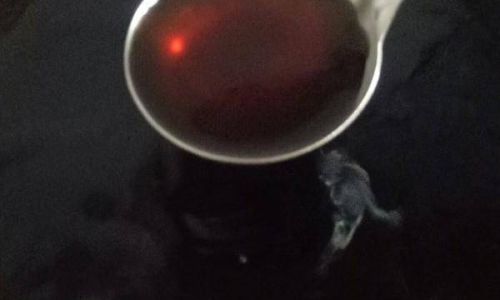


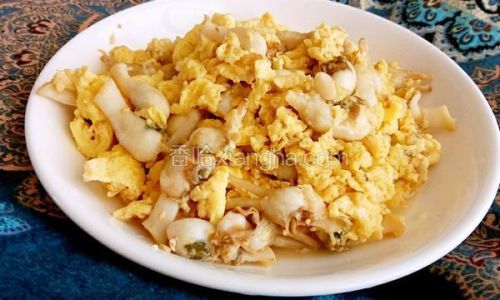
0 comments